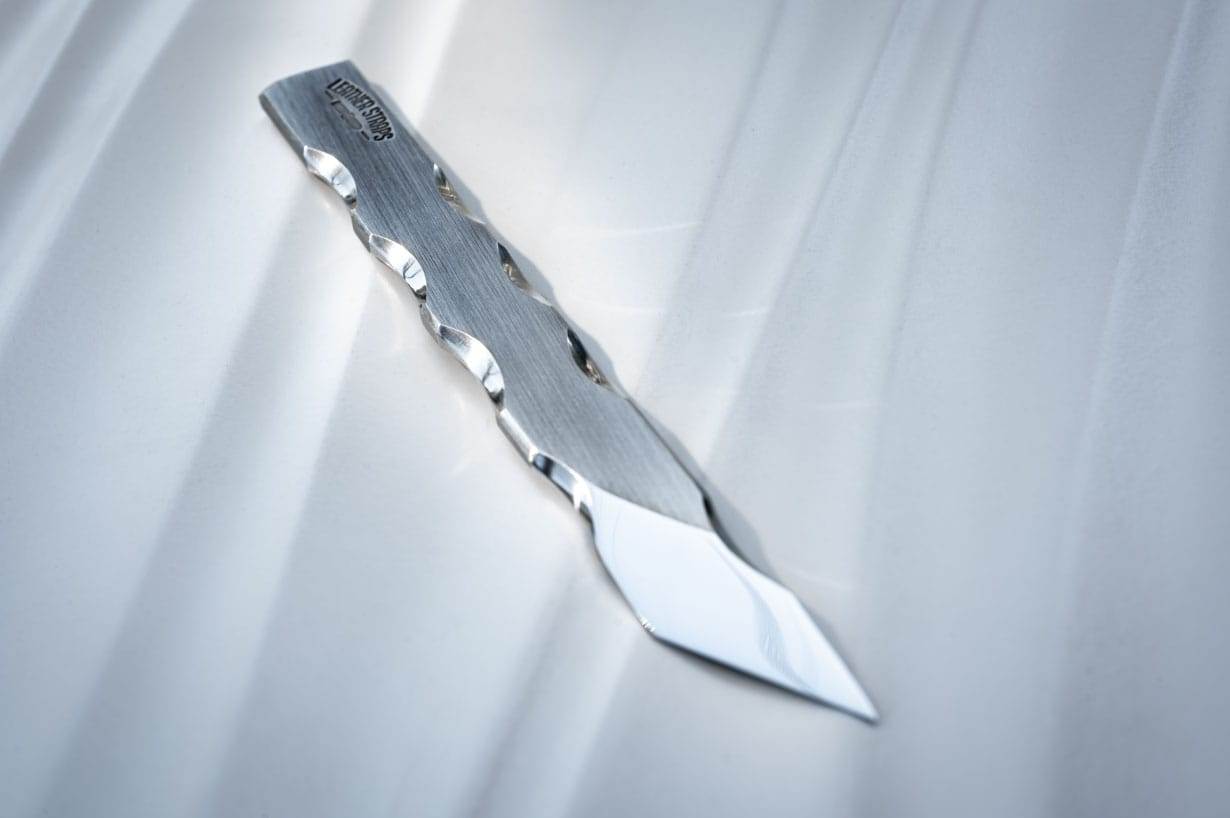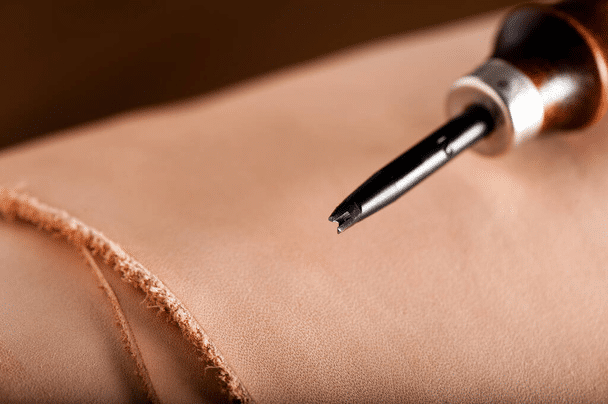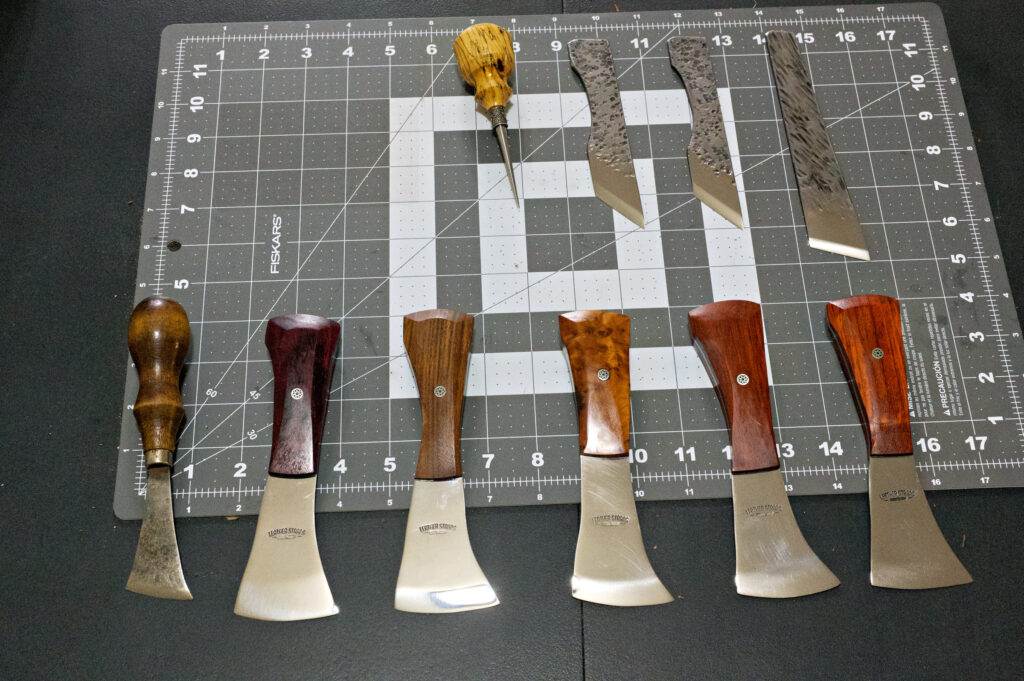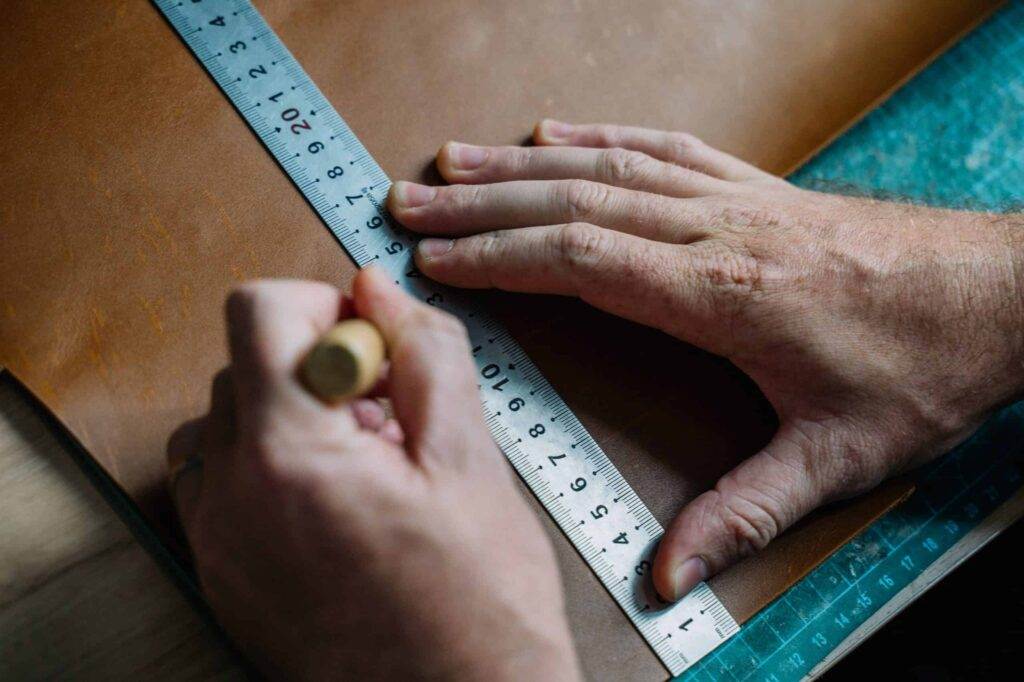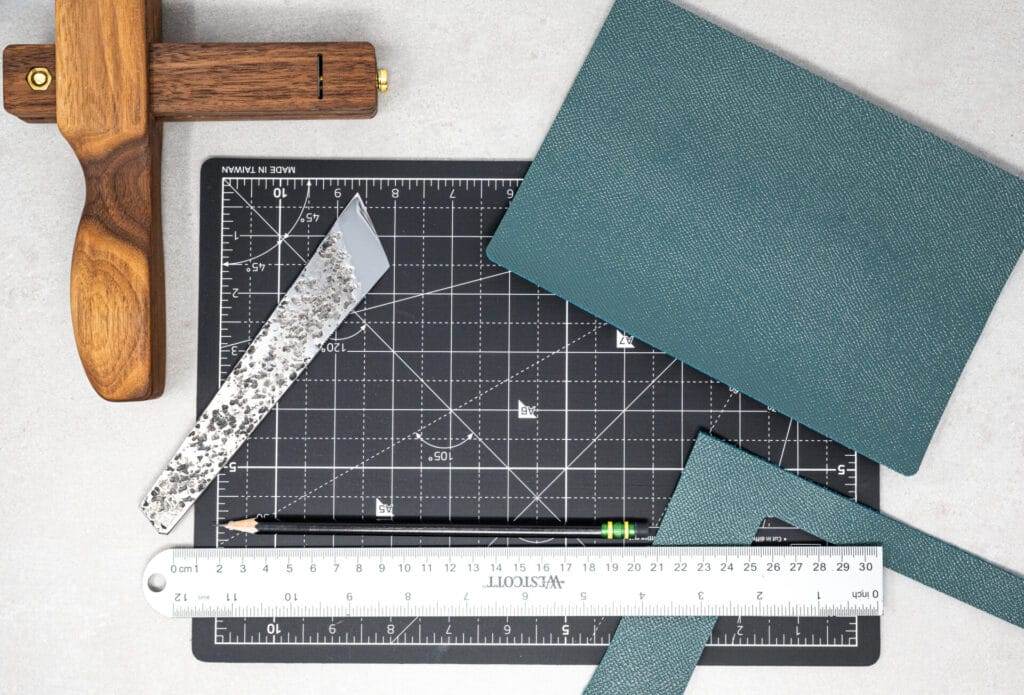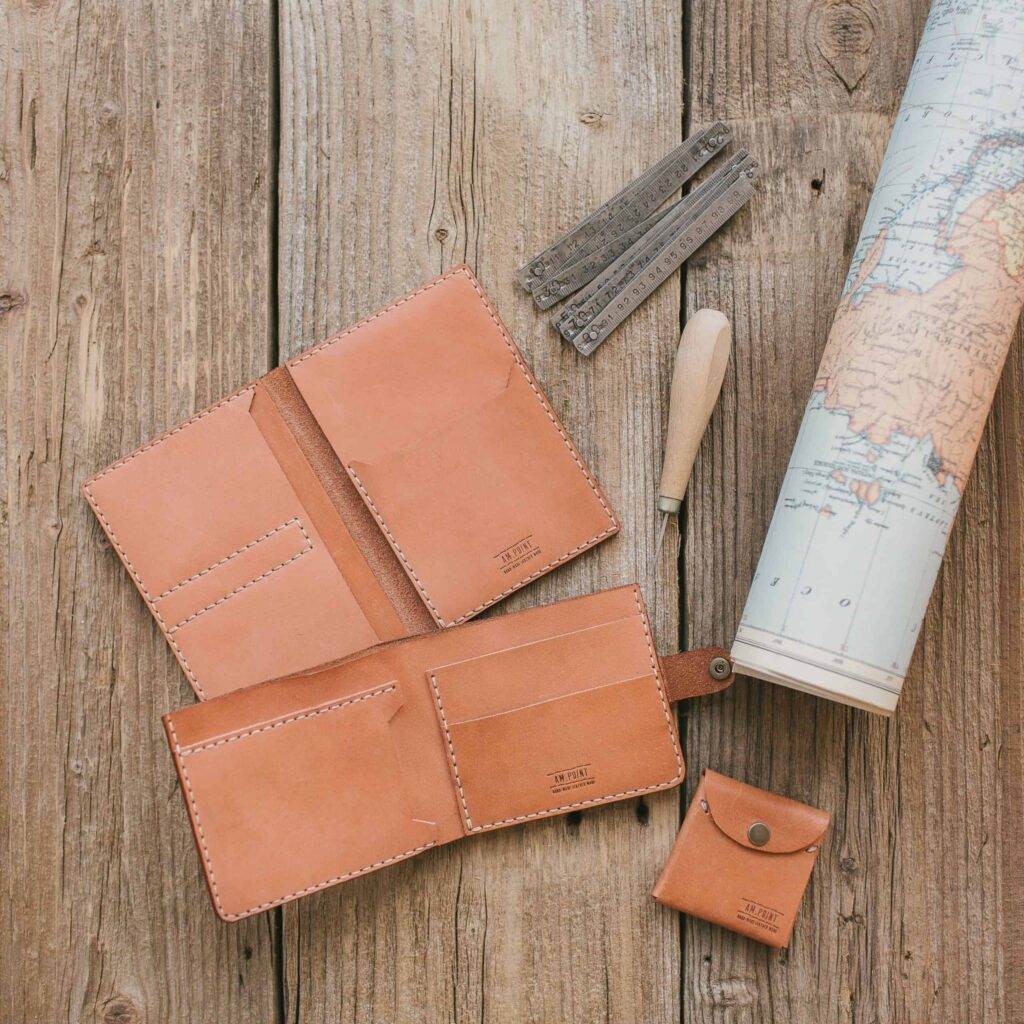Precision Cutting Techniques for Leathercraft
Precision cutting is a fundamental skill in leathercraft that can significantly influence the quality and aesthetics of the final product. Whether you are crafting a simple wallet or an intricate handbag, the accuracy of your cuts determines how well the pieces fit together and how polished the overall design appears. In leathercraft, precision is not merely about making straight lines; it encompasses the ability to execute curves, angles, and intricate patterns with finesse.
This level of detail can elevate a project from ordinary to extraordinary, showcasing the artisan’s skill and attention to detail. The importance of precision cutting extends beyond aesthetics; it also impacts the functionality of leather goods. Well-cut pieces ensure that seams align correctly, which is crucial for durability and longevity.
Misaligned cuts can lead to uneven edges, gaps, and ultimately, a product that may not withstand the test of time. As such, mastering precision cutting techniques is essential for anyone serious about leathercraft, whether they are a hobbyist or a professional artisan. This article will explore the essential tools, techniques, and common pitfalls associated with precision cutting in leathercraft, providing a comprehensive guide for those looking to enhance their skills.
Key Takeaways
- Precision cutting is essential in leathercraft to achieve clean and professional-looking results.
- Essential tools for precision cutting include a sharp utility knife, cutting mat, ruler, and leather shears.
- Techniques for straight cutting leather involve using a ruler and sharp knife to make clean and straight cuts.
- Tips for curved cutting leather include using small, precise cuts and following the natural grain of the leather.
- Precision cutting for intricate designs requires patience, practice, and the use of specialized tools such as swivel knives and precision blades.
Essential Tools for Precision Cutting
To achieve precision in leather cutting, having the right tools is paramount. A high-quality leathercraft knife is one of the most critical instruments in your toolkit. These knives are designed specifically for cutting leather, featuring sharp blades that can slice through various thicknesses with ease.
A well-balanced knife allows for better control, enabling you to make precise cuts without straining your hand. Additionally, consider investing in a rotary cutter for long, straight cuts; this tool can glide smoothly over the leather surface, providing clean edges that are difficult to achieve with a standard knife. Another essential tool is a cutting mat, which protects your work surface while providing a stable base for cutting.
A self-healing cutting mat is particularly beneficial as it minimizes wear and tear on both your tools and the mat itself. Alongside these tools, a steel ruler or straight edge is invaluable for ensuring straight cuts. When working on intricate designs, a set of compasses or templates can help maintain uniformity and accuracy.
Lastly, don’t overlook the importance of safety equipment such as cutting gloves and protective eyewear to ensure a safe working environment while you hone your precision cutting skills.
Techniques for Straight Cutting Leather

Straight cutting is one of the most fundamental techniques in leathercraft, yet it requires practice to master. The first step in achieving straight cuts is to measure accurately and mark your lines clearly. Using a pencil or a specialized leather marking tool, draw your cutting line on the leather surface.
It’s essential to ensure that your marks are visible but not too deep, as you want them to be easily erased or concealed later on. Once your line is marked, position your steel ruler along it, ensuring that it is firmly held in place to prevent any slipping during the cut. When you begin cutting, apply consistent pressure as you draw the knife along the ruler’s edge.
Start at one end of the line and move steadily to the other end without stopping; this helps maintain an even cut throughout. It’s advisable to make multiple passes with lighter pressure rather than trying to cut through the leather in one go. This technique not only reduces the risk of jagged edges but also prolongs the life of your blade.
For thicker leather, consider using a utility knife or a specialized leather knife designed for deeper cuts. With practice, you will develop a steady hand and an eye for precision that will serve you well in all your leathercraft projects.
Tips for Curved Cutting Leather
Curved cutting presents its own set of challenges in leathercraft but can be mastered with the right approach and techniques. The key to successful curved cuts lies in understanding how to manipulate your tools effectively while maintaining control over the leather piece. Begin by marking your curve clearly on the leather surface using a pencil or chalk.
If you are working with complex curves, consider using templates or patterns to guide your cuts accurately. When cutting curves, it’s essential to keep your knife at an angle that allows for smooth movement along the curve. Instead of trying to cut through the entire curve in one motion, break it down into smaller sections.
This method allows you to adjust your angle as needed without losing control over the cut. Additionally, rotating the leather piece rather than moving your knife can help maintain a consistent cutting angle throughout the curve. Practice is crucial here; as you become more comfortable with curved cuts, you will find it easier to achieve smooth and precise results.
Precision Cutting for Intricate Designs
Creating intricate designs in leather requires not only skill but also an understanding of how to execute precision cuts effectively. When working on detailed patterns or shapes, preparation is key. Start by sketching your design on paper before transferring it onto the leather.
This step allows you to visualize how each element fits together and ensures that you have a clear plan before making any cuts. Once your design is marked on the leather, use a sharp craft knife or scalpel for detailed work. These tools provide greater control and allow for more delicate cuts compared to standard leather knives.
For very intricate designs, consider using a swivel knife; this tool enables you to make precise cuts while following complex lines with ease. Additionally, take your time when cutting intricate patterns; rushing can lead to mistakes that may compromise the overall design. With patience and practice, you will be able to create stunning pieces that showcase your craftsmanship and attention to detail.
Common Mistakes to Avoid in Precision Cutting

Even experienced leathercrafters can fall victim to common mistakes when it comes to precision cutting. One frequent error is failing to measure accurately before making cuts. Inaccurate measurements can lead to pieces that do not fit together properly or require additional adjustments later on, which can compromise the integrity of your project.
Always double-check your measurements and markings before proceeding with any cuts. Another mistake often made is using dull blades or inappropriate tools for specific tasks. A dull blade can cause jagged edges and uneven cuts, while using a tool not suited for the job can lead to frustration and poor results.
Regularly sharpen your blades and ensure you are using the right tools for each type of cut—whether straight, curved, or intricate—to achieve optimal results. Lastly, avoid rushing through your work; precision cutting requires time and focus. Taking shortcuts may save time initially but can result in costly mistakes that detract from the quality of your finished product.
Advanced Cutting Techniques for Leathercraft
As you become more proficient in precision cutting, exploring advanced techniques can further enhance your skills and expand your creative possibilities. One such technique is layering; this involves stacking multiple pieces of leather together before cutting them simultaneously. Layering allows you to create identical pieces quickly and efficiently, which is particularly useful when crafting items that require multiple components of the same shape or size.
Another advanced technique is using decorative cutting methods such as beveling or tooling. These methods add depth and texture to your designs while requiring precise cuts along specific lines or patterns. Incorporating these techniques into your work not only elevates the aesthetic appeal but also showcases your craftsmanship and attention to detail.
Additionally, consider experimenting with different types of leather and thicknesses; each material behaves differently when cut, providing unique challenges and opportunities for creativity.
Conclusion and Next Steps for Perfecting Precision Cutting
Mastering precision cutting in leathercraft is an ongoing journey that requires dedication and practice. By understanding the essential tools and techniques outlined in this article, you can significantly improve your skills and produce high-quality leather goods that reflect your craftsmanship. Remember that precision cutting is not just about making clean cuts; it encompasses planning, measuring accurately, and executing each cut with care.
As you continue to hone your skills, consider setting aside time for practice sessions focused solely on cutting techniques—whether straight lines, curves, or intricate designs. Additionally, seek out resources such as workshops or online tutorials that can provide further insights into advanced techniques and best practices in leathercraft. With patience and perseverance, you will find yourself becoming more confident in your precision cutting abilities, ultimately leading to more successful and satisfying projects in your leathercraft journey.
FAQs
What are precision cutting techniques for leathercraft?
Precision cutting techniques for leathercraft are methods used to accurately and cleanly cut leather to create intricate designs and shapes for various leather products such as wallets, bags, and accessories.
What are some common precision cutting tools for leathercraft?
Common precision cutting tools for leathercraft include sharp utility knives, rotary cutters, leather shears, and strap cutters. These tools are designed to provide clean and precise cuts on leather.
How can I achieve precise cuts when working with leather?
To achieve precise cuts when working with leather, it is important to use sharp cutting tools, mark the leather with a ruler and pencil before cutting, and practice steady and controlled cutting motions. Additionally, using a cutting mat can help protect your work surface and provide a stable cutting surface.
What are some tips for improving precision cutting in leathercraft?
Some tips for improving precision cutting in leathercraft include maintaining sharp cutting tools, practicing cutting techniques on scrap leather, using a ruler or straight edge for straight cuts, and investing in quality cutting tools designed specifically for leather.
Are there any safety precautions to consider when using precision cutting tools for leathercraft?
Yes, when using precision cutting tools for leathercraft, it is important to handle sharp tools with care, always cut away from your body, and use protective gloves if necessary. Additionally, it is important to keep cutting tools out of reach of children and pets.

